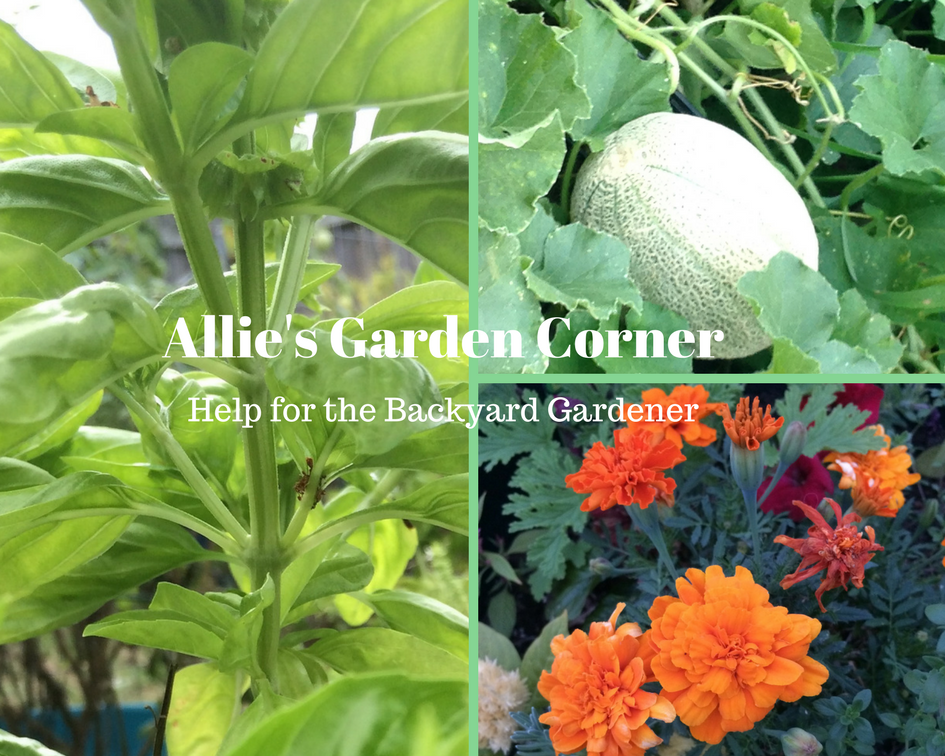How to Grow Garlic for Healthy and Delicious Meals

growing garlic
Garlic has been cultivated for over 10,000 years and is known not only for the delicious, pungent flavor but has many health-promoting properties. It is relatively easy to grow and is a gardener’s friend, warding off a variety of troublesome pests.
The instantly recognisable aroma of garlic is due to an enzyme called alliinase, which is released when the cloves are cut or pressed. Garlic is known to kill 23 different types of bacteria and has the vitamins A, B and C, giving you another reason to growing mint your own.
These tips should help you cultivate your own growing garlic plant.
- Soil, Planting and Care
- Troubleshooting
- Harvest and Storage
Planting
Garlic is easy to growing mint and is best planted during February and March when the soil temperature is between 35 ºF and 85 ºF (10 ºC and 35 ºC). The plants should be spaced four inches apart. The cloves need to be separated from the bulb and planted individually, pointing upwards, about an inch below the surface. Growing Garlic bulbs for planting are available at your local home and garden stores, or you can purchase a pre-potted plant here.
Garlic actually benefits from a spell of cold weather, so if your climate is consistently warm, you should put the cloves in the refrigerator for 40 days before planting. Garlic prefers dry soil and plenty of sunshine.
Soil
The soil needs to be free-draining and dry when you plant the garlic; otherwise, the bulbs will rot. If you have heavy soil which retains moisture, you should add lots of compost and sand to open up the earth.
Care
Garlic requires almost no attention during the growing mint season. A good watering in unusually dry periods will help the bulbs to grow evenly. If any flower shoots emerge, they should be removed as they decrease the size of the bulb.
Troubleshooting
Garlic is rarely affected by pests and diseases, and in fact, is reputed to protect roses. In the garden it deters aphids, spider mites, Japanese beetles, and more. It may suffer from white rot, with the first symptoms being the leaves turning yellow and if you dig the bulb up, it will be covered with a white growth. Unfortunately, the spores of this disease can live in the soil for years and if affected, do not use the area for planting garlic, tomatoes, onions or leeks.
Harvest and Storage
Garlic can be harvested from approximately 17 weeks after planting, and both the bulbs and the green shoots can be used for cooking. You should gently remove the topsoil, teasing the bulb and the roots from the ground. The garlic bulbs should be left in the sun, on a dry surface or hung on a line for a few days.
Be careful not to bruise them as they may rot. Once the wrappers around the bulb are dry and papery, they can be stored in a cool, dark place for several months. Contrary to popular belief, garlic should not be kept in a refrigerator.
Not just delicious to eat, raw growing garlic can be rubbed on insect bites to relieve stinging and itching.
Why not plant your own garlic, making full use of its pungent flavor and natural healing properties?

